It’s 2026. Mirrorless cameras dominate the conversation, smartphone sensors are frighteningly good, and most DSLRs are long retired to backup-only duty. Yet one camera from 2016 refuses to fade into the background: the Nikon D500.
This was the most advanced DX-format DSLR Nikon ever produced, engineered for speed, tracking, and rough field use. Ten years later, the hardware hasn’t magically changed, but the context around it has. Used pricing, modern memory cards, fresh expectations, and a decade of real-world feedback now shape the conversation more than spec sheets ever did.
Table of Contents
- Design & Build Quality — Nikon D500 in 2026
- Image Quality in 2026
- Autofocus & Subject Tracking — Nikon D500 Performance Today
- Shooting Performance
- Video Capabilities for Hybrid Shooters
- Exposure, Metering & Scene Intelligence
- Pricing & 2026 Value — Buying a Used Nikon D500 from MPB
- Pros & Cons in 2026
- Who It Makes Sense For in 2026
- FAQs
Design & Build Quality — Nikon D500 in 2026

The Nikon D500 was overbuilt in the best way. Nikon wrapped its top DX sensor and autofocus system in a magnesium alloy chassis that laughs at bad weather, dust, and impatient handling. Weather sealing wasn’t an afterthought—it was a core part of the brief. In 2026, this remains one of its biggest advantages. Modern mid-range cameras may claim durability, but the Nikon D500 was designed when pro DSLRs had to survive sidelines, African safaris, monsoon rain, and winter backcountry assignments. That level of construction ages well, especially when cosmetic scuffs on a used body don’t translate to internal fragility.
Ergonomics are classic Nikon: deep grip, logical button placement, and tactile controls that don’t demand you look at the camera to operate it. Two customizable Fn buttons give shooters shortcuts to depth of field preview, AF changes, or exposure tools. The illuminated rear buttons are a practical advantage for low-light photographers—pressing controls at night without hunting through menus is a treat you’ll appreciate more the longer you use it. It’s not a small body, but it balances beautifully with long DX glass, which was part of Nikon’s intent. The camera still feels steady, purposeful, and comfortable even after hours of continuous shooting.

Media compatibility is where age shows, but 2026 softens that blow. The Nikon D500 supports SD cards and XQD/CFexpress Type B cards, which means modern high-speed media can still be used. In 2016, XQD was exotic. In 2026, CFexpress Type B is mainstream, affordable, and blisteringly fast. That gives the Nikon D500 a second life it didn’t have five years ago. Card overflow recording, file duplication, and RAW/JPEG separation between cards remain genuinely useful. If you shoot long bursts, want redundancy, or simply like segmenting files by format, this dual-slot system still works exactly as advertised.
The optical viewfinder remains one of the best ever put in a DX DSLR: 100% coverage, 1.0x magnification, and an organic EL overlay that shows shooting info without pulling your eye away. It’s bright, neutral, and clear, even compared to many 2026 EVFs. Batteries deserve a mention too. Originally rated for 1,240 shots, real-world endurance still holds up for many used bodies, though aging cells vary. The optional MB-D17 battery grip doubles runtime and improves portrait ergonomics, making it a great companion for action or long wildlife days.
Image Quality in 2026

Photo by SK Yeong on Unsplash (license)
The Nikon D500 uses a 20.9MP DX CMOS sensor paired with the EXPEED 5 processor. In 2026, 20.9MP doesn’t sound like a headline, but it doesn’t need to be. This sensor produces clean color, reliable metering, and RAW files that hold up in grading and editing. Dynamic range remains good enough to recover shadows and tame highlights for most outdoor and action environments.
Nikon’s color science from this era still produces pleasing skin tones, believable nature colors, and smooth transitions without banding when pushed in post. It doesn’t compete with modern 40–60MP bodies in sheer resolution, but that was never the point of the Nikon D500. It was built for timing, not tripod-mounted billboard detail.
ISO performance deserves honesty, here. The Nikon D500 was marketed to ISO 51200 native, expandable to ISO 1.64M. In 2026, we can safely call the upper expansion values “for emergencies only.” The camera is genuinely strong from ISO 100 to 12800, very usable to 25600 with noise reduction discipline, and perfectly capable in dark conditions when exposure is nailed. It produces fine grain, not ugly color blotches, which is the difference between a salvageable image and a bin-worthy one. Modern noise reduction tools like DxO, Lightroom Denoise, and Topaz give 2026 shooters more freedom to push Nikon D500 files than 2016 editors ever could.
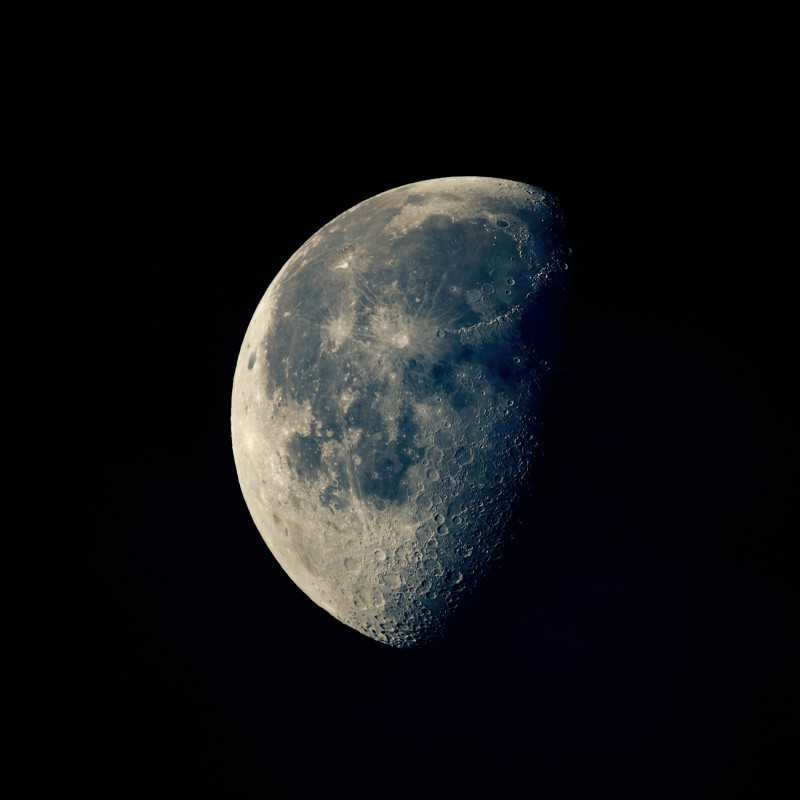
Photo by Trac Vu on Unsplash (license)
File flexibility is still excellent. 14-bit lossless compressed NEFs give you full tonal control. The Nikon D500’s 200-shot buffer for 14-bit lossless files remains impressive. That means long sequences can be captured without choking the camera, especially with CFexpress cards. The EXPEED 5 processor keeps everything snappy, from boot to menu response to file writing. Quiet Continuous Mode at 3 fps is still handy for sensitive environments, letting you shoot discreetly without losing tracking or exposure consistency.
In 2026 workflows, the Nikon D500 produces files that are lighter than modern high-megapixel RAWs, which means faster culling, faster transfer, and less storage stress. That makes it an excellent travel, adventure, and action body for photographers who want performance without creating terabytes of data after every trip.
Autofocus & Subject Tracking — Nikon D500 Performance Today
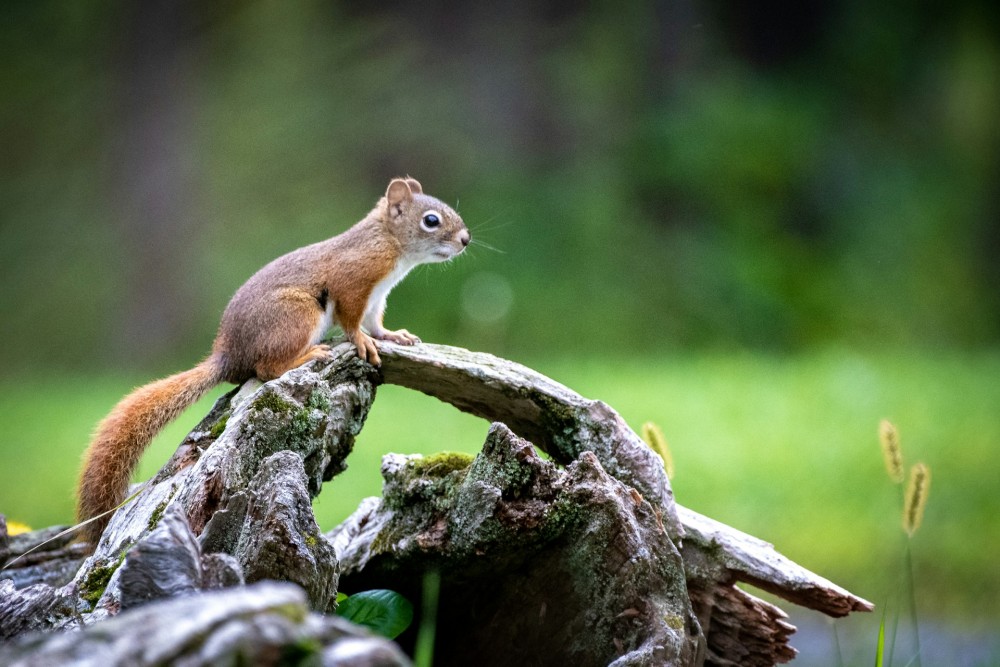
Photo by Yannick Menard on Unsplash (license)
The Nikon D500 autofocus system remains one of the most capable AF modules ever placed in a crop-sensor DSLR. The 153-point Multi-CAM 20K phase-detection array includes 99 cross-type points and 55 selectable positions, giving you compositional freedom without losing sensor density.
In 2026, modern cameras lean heavily on subject detection AI. The Nikon D500 does not have that, yet it still tracks with surprising reliability when configured well. Its 3D-Tracking mode uses color information to maintain focus on moving subjects while the shutter is half-pressed. When subjects have clean color separation from the background, like jerseys, animals, vehicles, and clothing, it still works remarkably well.
Dynamic-Area AF is still the practical hero for sports and wildlife. You can choose 25, 72, or 153 surrounding points to support a primary focus position. Erratic motion? Use 72 or 153. Controlled motion? 25 or 72. Group-Area AF treats small clusters of points as one larger target, which is excellent for faces, helmets, birds, or tight subject framing. Auto-Area AF prioritizes faces when present, making it reliable for portraits even in continuous AF servo modes. Single-Point AF remains the precision choice when you want full control.
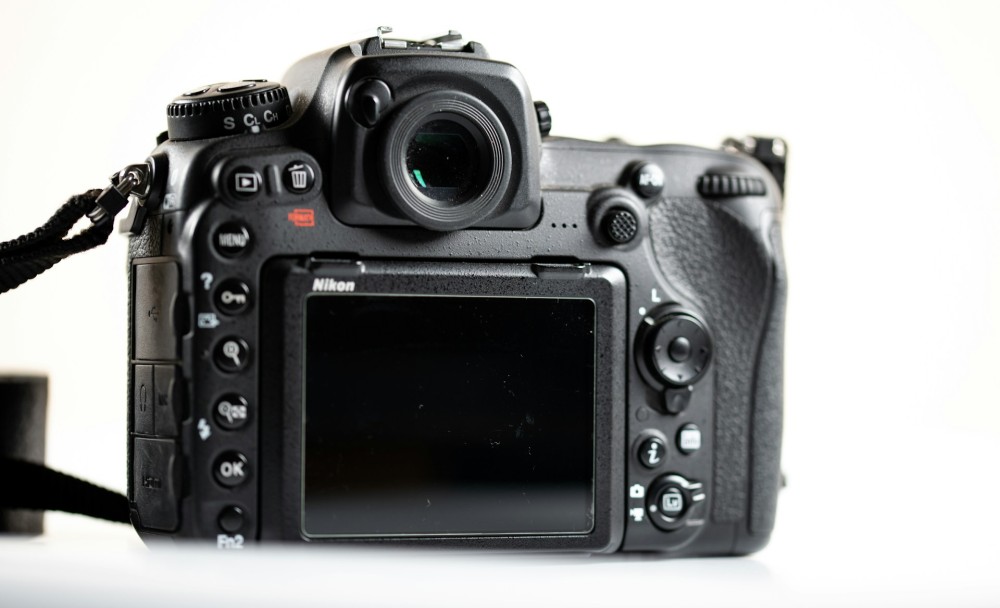
Photo by Gabriel Mihalcea on Unsplash (license)
Low-light AF sensitivity was excellent in 2016 and remains excellent in 2026. All points can focus to –3 EV, with the center point reading to –4 EV. That means dusk, stadium shadows, night street edges, and forest shade are all within reach. This gives the Nikon D500 an advantage over many mirrorless bodies that struggle to lock without contrast. The AF lock-on tuning menu, allowing quick or delayed blacked-shot AF response and erratic vs steady subject behavior adjustments, still matters. If you spend ten minutes tuning the Nikon D500 AF behavior for your subject type, you can shoot a full day without fighting it.
AF fine-tune and auto fine-tune are extremely valuable in 2026 used lens workflows. Instead of relying on charts, you can manually fine-tune in Live View, then let the Nikon D500 calibrate the AF system to your adjustment, reducing front/back focus errors per lens. That is a powerful feature for used DX telephotos, fast primes, or third-party lenses.
Shooting Performance

The Nikon D500 shoots 10 frames per second with full-time AF/AE metering. In 2026, 10 fps is not exotic, but 10 fps with a 200-shot buffer, Nikon AF reliability, and modern CFexpress cards is still meaningful. With CFexpress Type B, write speeds easily clear the bottleneck that once existed with older XQD media.
You can hammer bursts for seconds at a time without locking the camera into cooldown purgatory. SD cards still work, but they are best reserved for overflow or JPEG storage if you shoot long sequences. RAW + JPEG bursts should be paired with CFexpress for best endurance.
The shutter mechanism remains robust. After a decade of feedback, Nikon D500 shutters have proven reliable well past 150,000 actuations, especially when bought from a platform that grades condition accurately. Metering consistency remains excellent thanks to the 180k-pixel RGB sensor feeding Nikon’s Scene Recognition System. Exposure metering during bursts remains stable, predictable, and repeatable, which matters more for action sequences than single-frame dynamic range bragging rights.
Battery life remains one of the Nikon D500’s quiet advantages. Originally rated to 1,240 shots, many used bodies still hit 800–1,000 real shots in 2026 depending on battery health. The MB-D17 grip lets you double runtime and maintain better balance with large telephotos, which makes it a good add-on for wildlife and sports shooters who don’t want to carry spare cells or change packs in the field.
Startup speed, blackout time, and menu responsiveness still feel fast. The Nikon D500 boots instantly, menus respond without lag, and playback culling remains fluid even after long bursts. For photographers shooting unpredictable subjects—kids, wildlife, sports, moving vehicles, street scenes—it still keeps up without drama.
Video Capabilities for Hybrid Shooters
As Maarten Heilbron explains in the video above, the Nikon D500 supports 4K UHD video at 30/25/24 fps, 1080p to 60 fps, and HD 720p when needed. In 2026, the video system is still usable but comes with a few practical caveats. The 4K mode uses a 1.5x crop of the sensor, increasing effective focal length, which is excellent for wildlife or sports telephoto work but limiting for wide-angle cinematic scenes. The 1.3x crop mode is used for 1080p/720p, and the full DX width mode enables shallow depth of field and the widest field of view for 1080p/720p capture. This format flexibility still gives hybrid shooters control over framing, depth, and aesthetic choices.
Flat Picture Control remains valuable for grading. It flattens the contrast curve, giving you more headroom in post-production. Electronic Vibration Reduction (no IBIS, but digital 3-axis stabilization) still works well for handheld 1080p/720p work, especially when paired with a stabilized DX lens. Active D-Lighting is great for 1080p/720p capture to preserve highlights and shadow detail in high-contrast scenes, giving you more usable footage without crushing blacks or nuking skies.
Exposure control is still strong. The dedicated power aperture (Pv) button allows smooth exposure transitions while recording, which is excellent when moving from bright to dark zones in one shot. Auto ISO can maintain brightness consistency in changing light. Audio capture is handled by a built-in stereo mic or an external 3.5mm mic input, with 20 incremental level steps. Live audio monitoring is supported via the headphone jack with 30 playback volume levels. That remains a feature many modern mirrorless cameras still don’t include at mid-range price points.
Time-lapse capture remains one of the Nikon D500’s best video tricks. It can record 9,999 consecutive frames over a full week and output 4K/30p time-lapses in-camera. That remains useful for long weather sequences, night sky lapses, and outdoor storytelling.
In 2026, the Nikon D500 is not a dedicated cinema camera, but it remains a capable B-roll, event, wildlife, and adventure video body when you understand the crop formats and stabilization limitations.
Exposure, Metering & Scene Intelligence
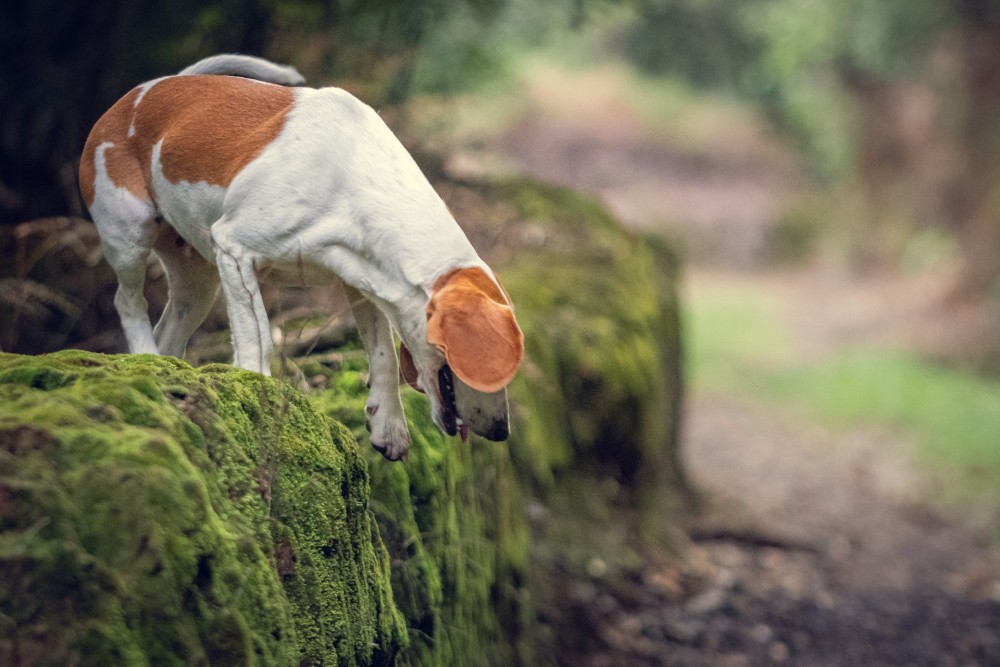
Photo by Yannick Menard on Unsplash (license)
The Nikon D500 metering system uses a 180k-pixel RGB sensor feeding Nikon’s 3D Color Matrix Metering III and Scene Recognition System. In 2026, this remains one of the camera’s genuinely reliable strengths. The camera evaluates brightness, contrast, subject distance, and scene colors, then cross-checks onboard reference images to maintain exposure consistency from frame to frame. That matters for burst shooters who need repeatable results, especially in outdoor or mixed lighting conditions where sun/shade flicker constantly.
Auto White Balance modes include Auto 0 (natural white under any light), Auto 1 (balanced subject vs ambient color), and Auto 2 (retains warmth of practical light sources). Spot WB capture in Live View remains excellent. You simply point to a white zone in-frame and the Nikon D500 calibrates instantly. Up to 6 preset WB modes can be saved for fast switching. This is genuinely useful for outdoor shooters working in rapidly shifting environments—golden hour, forest shade, stadium lights, street lamps, LED signage, car headlights, night markets, and mixed tungsten/neon environments.
Scene intelligence remains predictable. Nikon’s metering philosophy from 2016 still works beautifully when you want exposure stability without babysitting histograms.
Pricing & 2026 Value — Buying a Used Nikon D500 from MPB
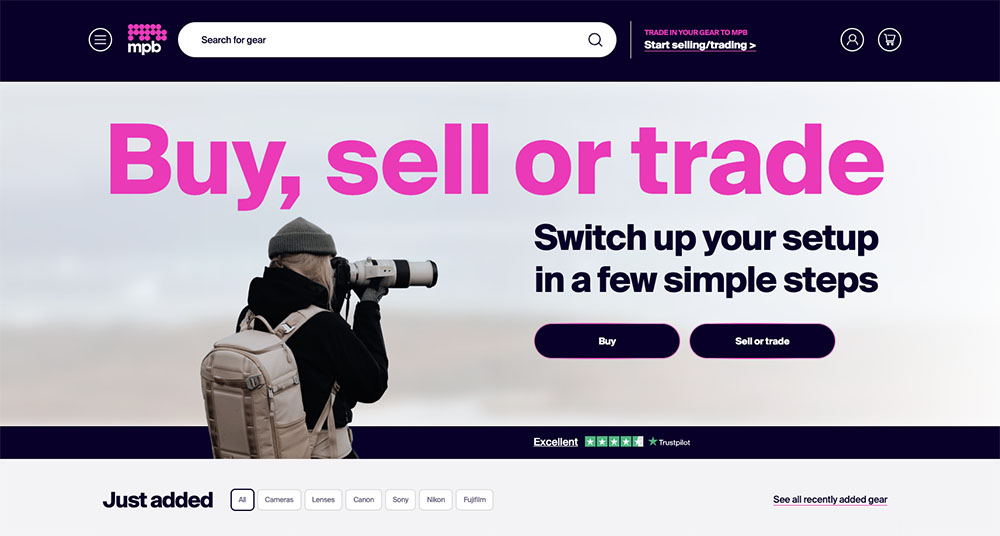
The Nikon D500 launched at an original MSRP near $1,999 USD for the body. In 2026, used market pricing sits dramatically lower, usually landing in the $650–$950 USD range depending on condition, shutter count, and included accessories. Because the camera was built for professionals, its internal hardware tends to age better than its cosmetics. Scuffs, brassing, grip shine, or paint wear are common on used Nikon D500 bodies, but mechanical failures are far less common. This camera depreciated slowly for years because nothing in Nikon’s crop DSLR line ever truly replaced it.
Buying used is where the Nikon D500 makes the most sense in 2026. The camera remains a top-tier autofocus, burst-depth, battery-endurance, and weather-sealed DSLR for photographers who don’t need bleeding-edge video or 40+ megapixel resolution.
The value equation changes when buying from a marketplace that grades condition carefully and offers buyer protections. A trusted platform like MPB gives photographers accurate camera ratings, a warranty, clear return policies, and confidence that the Nikon D500 was inspected by a technician rather than a mystery seller on a forum. That removes most of the stress from buying a 10-year-old body.
For action shooters, the Nikon D500 used value is even better when paired with CFexpress Type B cards. The camera becomes faster than it ever felt in 2016 thanks to modern write speeds. Because it shares batteries with many other Nikon bodies (EN-EL15 ecosystem), used batteries and grips are affordable. The MB-D17 grip is easy to find used as well, making it inexpensive to double endurance. Used DX telephotos like the 200-500mm f/5.6 or 70-200mm f/2.8 remain common on MPB and pair beautifully with the Nikon D500 AF fine-tune system, letting you dial in sharp focus without charts.
Risks of buying used Nikon D500 bodies include unpredictable battery health, unknown shutter count if bought privately, potential AF module misalignment, or physical damage hidden behind vague seller descriptions. MPB reduces nearly all of these by publishing shutter counts when available, grading bodies accurately, offering warranties, and testing autofocus and exposure systems before sale.
Pros & Cons in 2026

Even in 2026, the Nikon D500 carries clear strengths. Its autofocus system is still dependable when configured well. The body remains extremely durable for rain, dust, cold, heat, and impatient handling. 10 fps burst depth remains useful. Button illumination is excellent for night shooters. Battery life remains long, especially with the MB-D17 grip. CFexpress support gives it modern media compatibility. Metering remains predictable. Color science remains pleasing. AF fine-tune makes used lenses sharper. Quiet 3 fps mode is discreet when needed.
The Nikon D500 limitations are also clear. 20.9MP resolution feels modest if you crop heavily or print large. 4K video crop limits wide shots. There is no IBIS. Used battery health varies. The body is heavier than mirrorless. SnapBridge is convenient, not pro-grade. Live View AF is slower than mirrorless. Low ISO 50–100 expansion is fine, high ISO 1.64M expansion is only for emergencies.
None of these are deal-breakers if your priority is tracking, durability, battery life, and burst depth, which is exactly where the Nikon D500 excels.
Still a Smart Buy in 2026
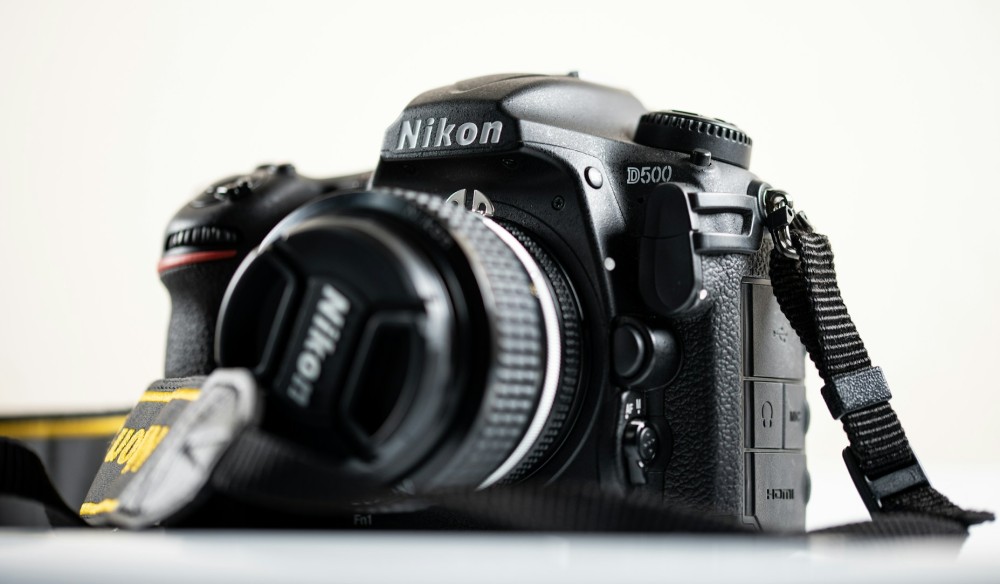
Photo by Gabriel Mihalcea on Unsplash (license)
If you need speed, tracking, battery life, and a body that handles rough weather without anxiety, the Nikon D500 still makes sense in 2026. It is ideal as a main body for budget-conscious wildlife and sports shooters, and a dependable backup for professionals who already know Nikon ergonomics. It is excellent for outdoor photographers who prioritize durability over weight savings. It is genuinely good for night shooters thanks to illuminated controls. It pairs beautifully with used DX telephotos when calibrated with AF fine-tune. It offers predictable metering, pleasing color, and long bursts without choking.
If you need 40+ megapixels, subject detection AI, or wide 4K cinematic framing, the Nikon D500 is not what you need. But if you want timing, tracking, endurance, and durability, it remains a useful tool, especially when bought used from a trusted marketplace like MPB.
The Nikon D500 is like a well-built off-road truck: cosmetic scars are expected, mechanical failures are rare, and it still performs where it matters when the terrain, subject, or light refuses to cooperate.
FAQs
Is the Nikon D500 still worth buying in 2026?
Yes. If you prioritize autofocus, burst depth, battery life, and durability, the Nikon D500 remains a practical used purchase in 2026.
Does Nikon D500 autofocus compete with 2026 mirrorless tracking?
It keeps up well when configured properly, but it lacks subject detection AI. Dynamic-Area and 3D-Tracking modes remain reliable for color-separated subjects.
What are the best cards for the Nikon D500 in 2026?
CFexpress Type B for RAW bursts. SD cards for overflow or JPEG storage.
What should I expect to pay for a used Nikon D500?
$650–$950 USD depending on condition and shutter count when available.
How is battery life on an aging Nikon D500?
Varies by cell health. Many still reach 800–1,000 shots. The MB-D17 grip doubles endurance inexpensively when bought used.
Should the Nikon D500 be a main camera or backup body?
Main body for budget wildlife/sports shooters. Backup body for professionals.
Our articles might have affiliate links and the occasional sponsored content, but don’t sweat it – if you buy something, we get a little kickback at no extra cost to you, and we only hype products we truly believe in!
Learn More:
Photo by Gabriel Mihalcea on Unsplash (license)

